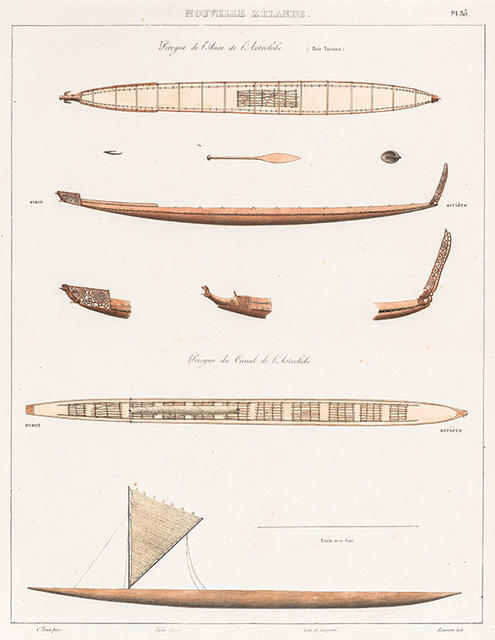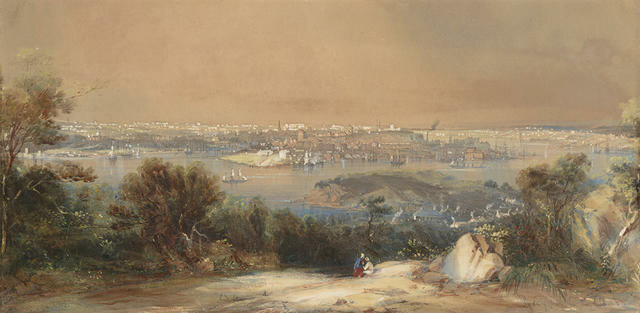Fiona Pardington
Aotearoa New Zealand, b.1961
Kāi Tahu,
Kāti Māmoe,
Ngāti Kahungunu,
Māori,
Clan Cameron,
Scottish
Portrait of a life-cast of ‘Pouka-lem’, Aotearoa New Zealand
- 2010
- Pigment inks on Hahnemuhle Photo Rag
- Collection of Christchurch Art Gallery Te Puna o Waiwhetū, purchased 2010
- 1770 x 1400mm
- 2010/043
Tags: koru (pattern), life masks, Māori (culture or style), men (male humans), moko, people (agents), portraits, spirals (geometric figures), tattoos
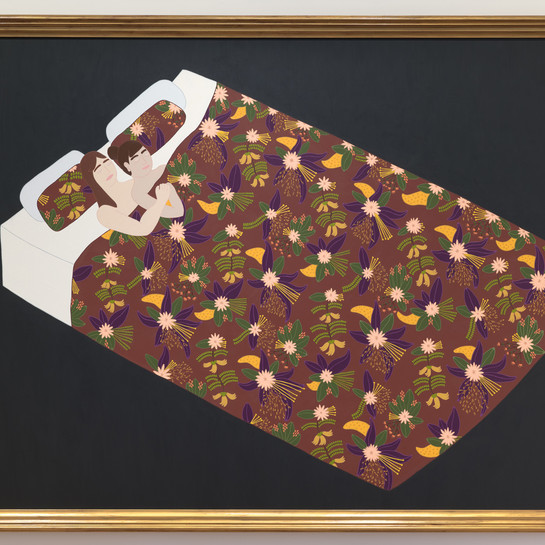



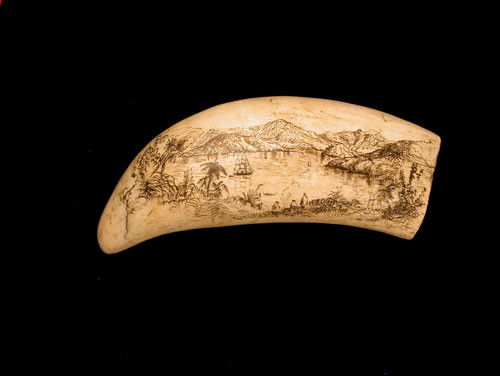


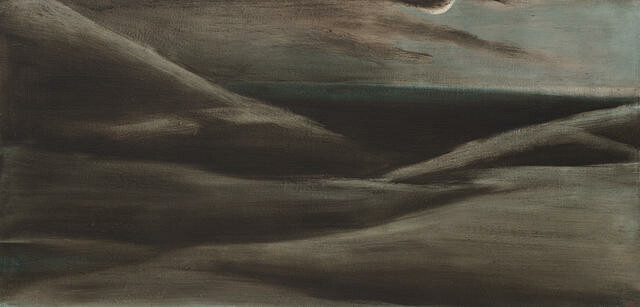
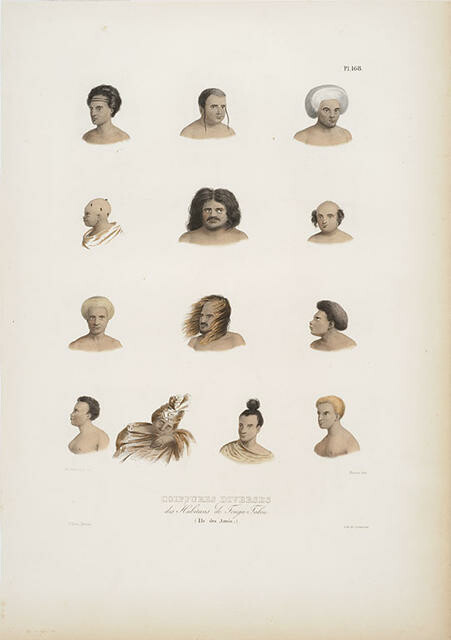

![Nouvelle-Zélande - coffre en bois sculpté [Plate 59]](/media/cache/d2/0d/d20d3e71824f4f302a9ddce9f4f594ca.jpg)
